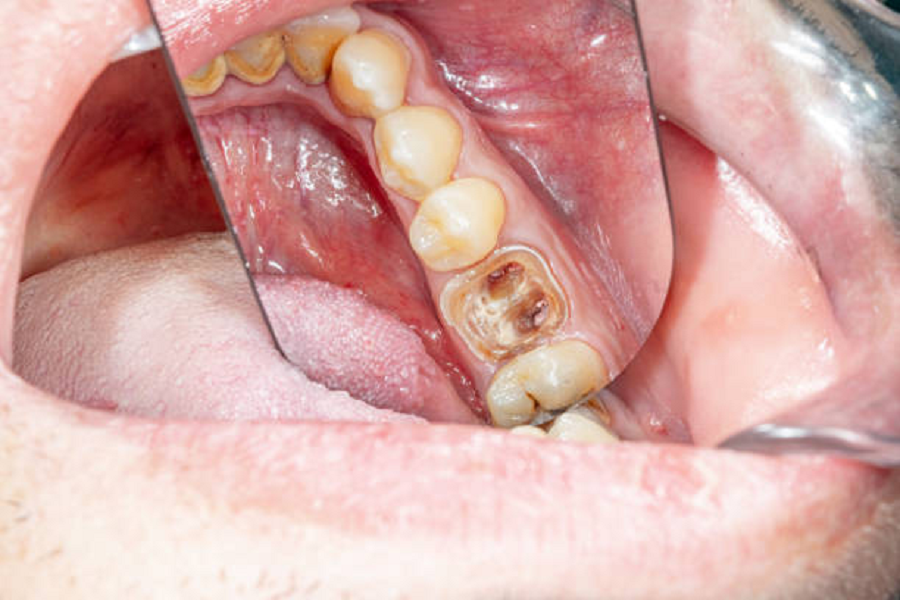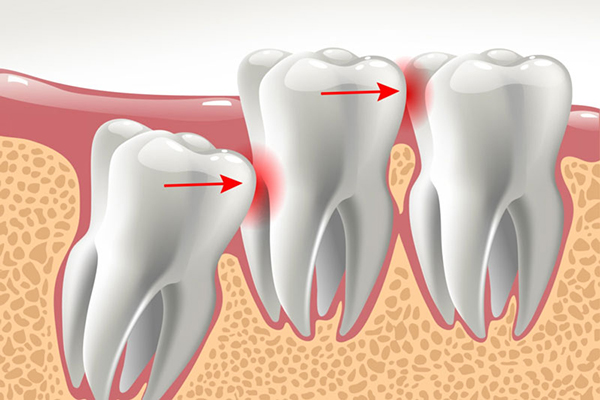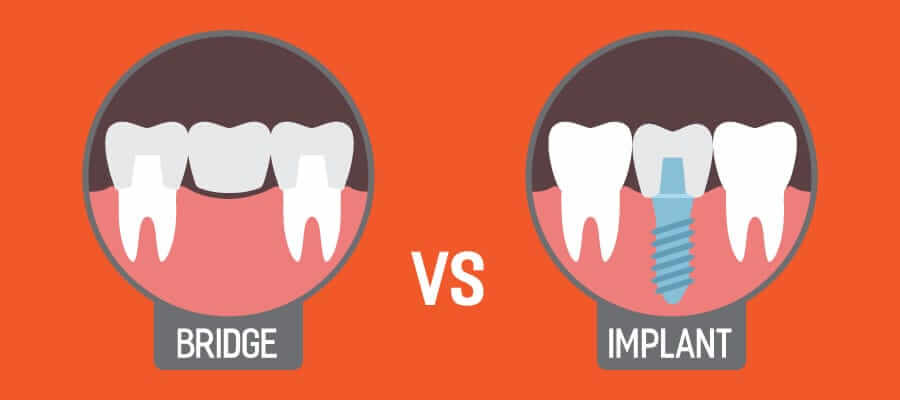Pulp necrosis will cause damage to the teeth. The pain appears with different degrees, accompanied by sensitivity and infection. If not treated in time, it can turn into an abscess of the tooth socket. To be able to treat and prevent it, you need to find out the cause and how to recognize this condition.
Contents
What is pulp necrosis?
Pulp necrosis is a condition in which the pulp of the tooth is attacked by bacteria, causing the pulp to die and can not be restored. Initially, tooth decay or trauma damages the enamel and dentin, creating an opportunity for bacteria to cause pulp inflammation and pain. If not treated in time, the nerves and blood vessels become severely infected leading to death of the pulp.
As pulp necrosis occurs, the tooth loses its nourishment, gradually becoming discolored. In the oral cavity, there is an unpleasant odor, leaking fluid, and the teeth are loose and weakened.
How to recognize pulp necrosis?
The pulp is protected by tooth enamel and dentin. The pulp plays the role of a continuous blood supply to nourish the teeth. Thanks to the nerves, the pulp can conduct sensations. Because of these extremely important roles, when the tooth pulp is damaged and dead, there will be obvious signs such as:
- Pain and discomfort: The first symptom is the appearance of pain. Depending on the severity of the infection, the pain can range from mild to severe. The pain is frequent at night.
- Teeth become sensitive, especially when chewing hot or cold foods.
- Discolored teeth: The lack of blood supply to the pulp to nourish the teeth causes teeth to become discolored. Teeth gradually become dull, turning gray or black.
- Signs of facial swelling in the area of tooth pulp inflammation, swollen lymph nodes. Some people have a high fever.
- There are signs of abscess, swelling of pus at the root of the tooth, yellow fluid. The mouth has an unpleasant odor, the periodontal membrane around the teeth becomes red and swollen.
- The tooth is loose, broken, and cracked.

Causes of pulp necrosis
There are many causes of pulp necrosis. Diseases such as tooth decay, periodontitis, trauma to the pulp, etc give bacteria the opportunity to enter and cause pulp infection. Some common endogenous and exogenous causes of this condition are:
Dental disease
Improper dental care, improper nutrition, and poor dental hygiene can lead to tooth decay, gingivitis, and periodontitis. Teeth are damaged, tooth structure is broken, bacteria gradually attack inside, causing tooth pulp to rot. Besides, regularly eating strongly acidic foods will soften the enamel, causing the teeth to erode, creating an opportunity for bacteria to easily enter the tooth pulp.
The impact of treatments
Pulp necrosis can be caused by improper treatment methods. Teeth filled or covered with porcelain many times or excessive grinding of teeth invades the pulp. In some cases, the tooth requires root canal treatment, but the doctor is not qualified, leading to the damaged pulp not being completely removed, causing the tooth pulp to become infected.
External influences
Teeth subjected to external influences such as accidents, injuries from playing sports, collisions, using teeth to bite too hard can cause teeth to break or crack, causing the pulp to be exposed. When the pulp is exposed, bacteria are easy to attack, causing inflammation, leading to pulp necrosis in a serious condition. On the other hand, the openings on the surface of the teeth are also easy for food to get stuck in and are difficult to clean, leading to dangerous oral diseases such as tooth decay, gingivitis, etc.
What are the consequences of pulp necrosis?
As an important part that provides life for the teeth, the pulp necrosis causes the teeth to become weak and the teeth to lose their sensation. If not treated in time, pulp necrosis not only forms pain but also entails many other serious consequences.
Decreased ability to chew
Patients will feel extremely painful when lightly touching the teeth. The pain may spread to the jaw, temples, headaches, earaches. Chewing function will be seriously affected, causing loss of appetite. Prolonged condition will lead to physical weakness, affect mental state and quality of life.
Alveolar bone abscess
Pulp necrosis causes the bacteria to spread to the root of the tooth. Pockets of pus begin to form and cause an infection of the alveolar bone. At this time, patients may have swelling in the face and difficulty in eating. This condition of alveolar bone abscess will gradually damage the jaw bone, even affecting the respiratory system.
Permanent tooth loss
The pulp is too badly infected and there is no way to restore it, which will lead to tooth loss. The doctor will recommend extraction of a tooth that is completely rotten, has a lot of chipped crowns and cannot be filled or covered with porcelain to prevent infection from spreading and to end prolonged pain.
Septicemia
Although not very common, septicemia can occur when bacteria that cause infection of the pulp enter the bloodstream. This is probably the most dangerous complication as blood sugar infection affects human life.
How to effectively treat pulp necrosis?
When detecting pulp necrosis, patients need to go to the dentist soon to be checked. Through X-rays, the doctor will specifically evaluate the tooth structure as well as the degree of inflammation and the condition of the alveolar bone in the position of the pulp necrosis. Depending on the severity, the doctor will treat it in different ways.
Root canal treatment and fillings
At the stage where the pulp necrosis is still mild, the doctor will conduct treatment to remove the pulp, then seal it. The pulp extraction procedure should be done carefully to avoid leaving any rotten pulp in the tooth root. After oral hygiene and local anesthesia, the doctor uses specialized tools to open the pulp chamber, remove the damaged pulp and clean it. The filling needs to be done meticulously to protect the remaining tooth tissue and avoid causing pain.
Porcelain veneers after root canal treatment
After root canal treatment, the tooth that has lost the pulp will be sensitive and gradually weakened. Teeth become brittle and have poor bearing capacity leading to fracture. To protect teeth, porcelain crowns are considered an effective and long-term solution. Compared with fillings with filling materials that are easily discolored and peeled off after a period of time, porcelain crowns have high durability, good bearing capacity, helping to restore chewing ability and aesthetics.
When crowning porcelain teeth, the doctor will grind the teeth that have been treated with the pulp into the abutment with a certain ratio. After taking impressions, shaping, porcelain crowns with the same shape and size as real teeth are installed on the abutment. The doctor checked the bite and fixed the porcelain teeth firmly.
Tooth extraction
In the stage of severe pulp necrosis, it is not possible to remove the pulp. Instead, all the teeth must be removed. Removal helps protect surrounding teeth from the spread of bacteria. After tooth extraction, patients need to find a method to restore their teeth early to restore their ability to eat and chew, enhance aesthetics and avoid complications such as jaw bone loss, tooth displacement, temporomandibular joint pain, impact pronunciation, etc.
Dental Implant
Among the current methods of restoring lost teeth, Dental Implant is considered the most optimal method. This is the most comprehensive and long-lasting tooth restoration method. Dental implants are made of titanium, which helps them integrate very quickly into the jawbone, which is benign and safe for the body. The crowns are also designed to be natural and stronger than real teeth. These two parts are fixed together by the abutment to prevent the teeth from slipping.
Compared to other methods, Dental Implants have a longer implementation time, but the teeth have the longest life expectancy, from 20 years to even a lifetime. An outstanding advantage of Implant teeth is to prevent jaw bone loss that other techniques can not do.
How to prevent pulp necrosis
Pulp necrosis causes many serious effects. Therefore, it is really necessary to take care of your teeth to prevent infection. The pulp necrosis is largely due to dental diseases and trauma. To avoid this situation, you need to pay attention to clean teeth, eat scientifically to help keep your teeth strong, and regularly check your teeth so that you can promptly detect dental problems.
Oral hygiene
Oral hygiene helps remove plaque and bacteria that are harmful to teeth. You should brush your teeth at least 2 times a day. Besides, use a soft brush and change the brush every 3 months. Use dental floss or water floss to help clean plaque between teeth and gargle to kill bacteria.
Scientific diet
A healthy diet helps strengthen teeth from the inside. In addition to avoiding foods that are too hard, chewy, sticky, foods that are too acidic, too sweet, too sour, too hot or cold, etc, you should add foods rich in calcium and protein, fiber, vitamins and minerals such as milk, cheese, fruits, vegetables, nuts, white protein,… and drink enough water.
Regular dental check-ups
Every 6 months, patients should go to the dentist for a general dental check-up and tartar removal. In addition, if you experience injuries or detect abnormal signs, you should immediately visit a doctor to promptly treat the damaged tooth.
In conclusion, pulp necrosis is a serious dental problem and will cause dangerous complications and other dental disease if not treated. Thus, if you notice the signs of pulp necrosis, visit the dentist immediately for examination and early treatment of the condition.















